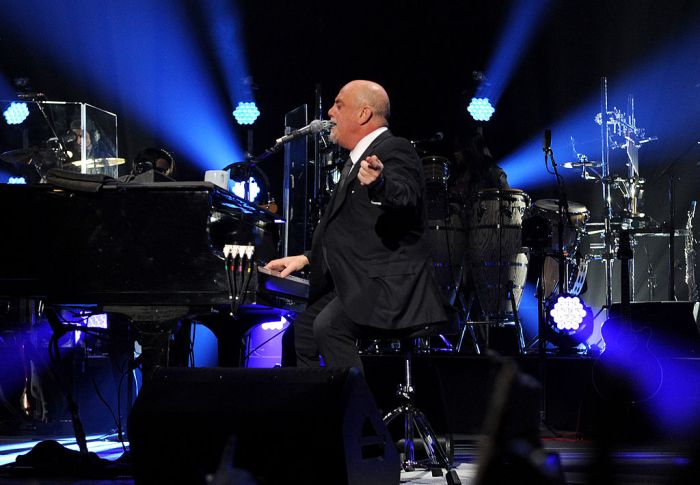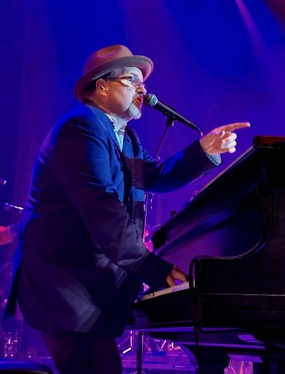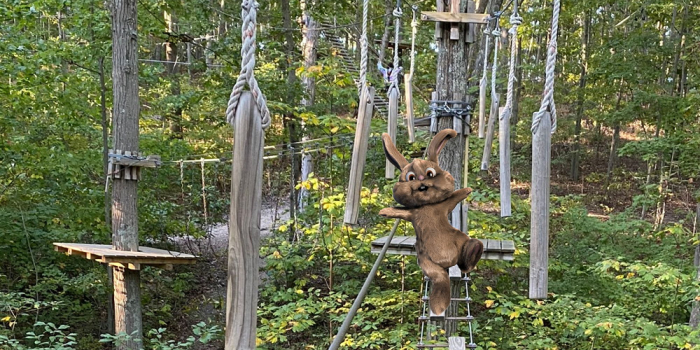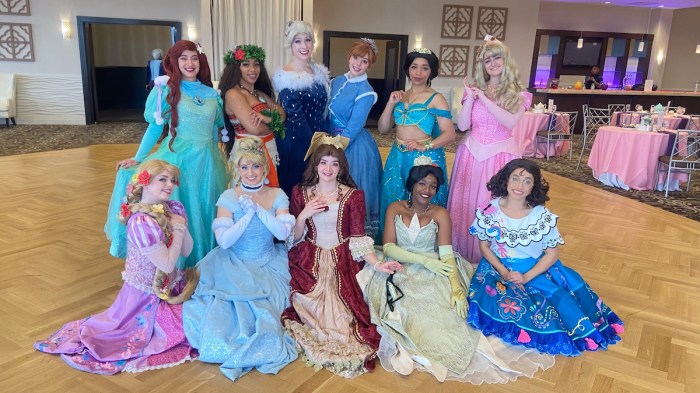David Browne, the senior writer at “Rolling Stone” and the acclaimed author behind “Fire and Rain” and “Sonic Youth,” is bringing a piece of Greenwich Village’s rich musical history to the Long Island Music and Entertainment Hall of Fame on Saturday, May 10.
His latest book, “Talkin’ Greenwich Village: The Heady Rise and Slow Fall of America’s Bohemian Music Capital,” offers a sweeping history of one of the most iconic music scenes in American history. Browne, who spent over four years working on the project, will discuss the book at a special event, giving attendees an insider’s look at the neighborhood that birthed legends like Bob Dylan, Jimi Hendrix and Joan Baez.
“Greenwich Village may seem miles away from Long Island—and it is—but some of its legendary musicians—like the late Dave Van Ronk—hailed from Queens and further points east,” Browne said.
His enthusiasm for bringing the “spirit of the Village” to LIMEHOF reflects his personal connection with the community he has chronicled. The event will feature a Q&A session with Tom Needham, LIMEHOF vice chairman, followed by a book signing for attendees eager to delve deeper into the history of this influential neighborhood.
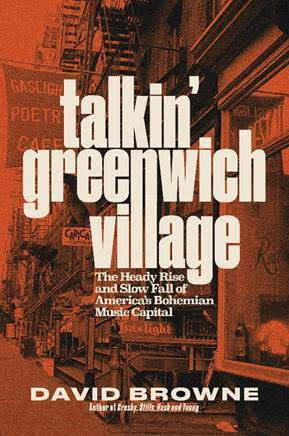
“Talkin’ Greenwich Village” is not just a musical chronicle; it’s a story of bohemian culture, political upheaval and the dynamic interplay between art and activism.
Browne covers the rise of the Village’s music scene starting in the late 1950s, through its heyday in the ’60s and ’70s and into the decline of the ’80s as the neighborhood was transformed by gentrification. The book paints a vivid picture of how the Village served as a haven for creative misfits—musicians, poets and artists—who would leave a lasting mark on the world.
“Greenwich Village symbolized the convergence of music, politics, reinvention and bohemian culture,” Browne said, “a safe space that, for decades, attracted misfits and outsiders.”
Through interviews with more than 150 figures associated with the scene—ranging from legends like Judy Collins and Sonny Rollins to later stars like Suzanne Vega and Shawn Colvin—Browne uncovers both the public and private struggles that shaped the music and the neighborhood. The book also examines the impact of racial tensions and the struggles of women and people of color within the folk and rock scenes.
“The often-overlooked women and people of color in the folk clubs and the challenges they faced, even in the Village,” Browne said, emphasizing the need to tell a more inclusive history of the music scene.
As someone who was personally immersed in the Village during his college years at NYU, Browne’s perspective is informed not only by extensive research but by a deep personal connection to the neighborhood.
“It’s interesting to look back at this period through the lens of what the Village was and what it represented,” he said. “It seemed like a mythical, romantic time when you could walk into a club and hear something truly groundbreaking.”
Browne also points out that the Village of today is a far cry from its bohemian past.
“There are a few clubs left, but not like what it was,” he said, referencing the fading music scene that once dominated the neighborhood.
Browne’s research unearths rich, previously untold stories from the Village’s heyday. He shares how iconic songs like Dylan‘s “Blowin’ in the Wind” and Eric Andersen’s “Thirsty Boots” were born from the neighborhood’s unique political climate. Browne also reveals fascinating anecdotes, such as the infamous “beatnik riot” in Washington Square Park and the FBI’s surveillance of Village musicians like Dylan and Van Ronk.
Despite the decades-long decline of the music scene in the Village, Browne is optimistic about its lasting cultural impact.
“Greenwich Village, for all its struggles, created a template for cultural movements that still resonates today,” he said. This idea is particularly timely, as interest in the Village has surged in recent years through pop culture depictions like “Inside Llewyn Davis” and “The Marvelous Mrs. Maisel,” both of which highlight the vibrant folk music scene of the 1960s.
Browne sees parallels between the past and present, especially as a new generation of musicians is emerging with politically charged music.
“It’s interesting to see how the protest song is resurfacing,” he said. “You have artists like Jesse Welles, who are writing about contemporary issues like the healthcare industry, in the same way that Dylan and others once used their music to comment on war and politics.”
Browne noted that, much like the protest songs of the ’60s, music today has the potential to once again become a powerful tool for social and political change.
“The world today is very different, but the spirit of that place—where music and culture fused with political activism—still resonates,” he said. His book not only captures the essence of that spirit but also offers a deeper understanding of the cultural and musical forces that shaped America in the second half of the 20th century.
“Talkin’ Greenwich Village” will be available for purchase at LIMEHOF on May 10 at 2 p.m., where Browne will continue to share his passion for the subject with fans and attendees alike.
Whether you’re a longtime admirer of the Village’s musical history or a newcomer curious about its cultural influence, this event offers a rare opportunity to connect with one of the foremost chroniclers of American music. The event is free for LIMEHOF members, and general admission ticket prices are for non-members. Visit www.limehof.org for more information.





